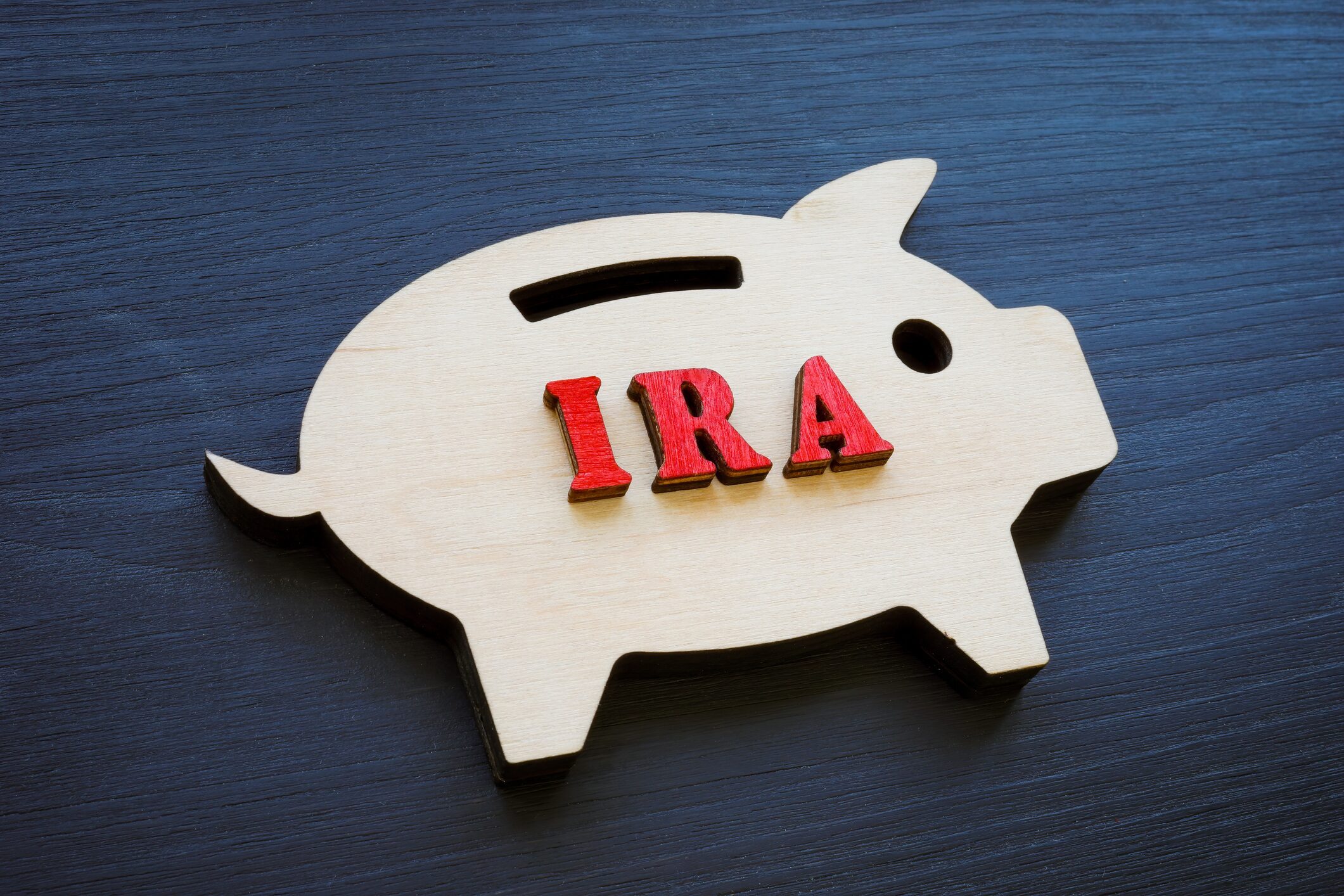One of the most important financial questions an employee may ask a former employer is what happens to their 401k plan when they leave their job? For many people, their 401k account is one of their biggest assets and a crucial part of their retirement plan.
Before switching jobs take a moment to understand what happens to a 401k when you quit, the options available to you, and what you should consider before making a decision.

Brief 401k Overview
The concept of a 401k is simple. It’s a savings plan that allows you to invest part of your paycheck before taxes are deducted. The contribution is usually a percentage of your salary, and your employer may also contribute to your plan. The contributions made into your account are then invested into various investment options, such as stocks, bonds, and mutual funds. The earnings from these investments grow tax-deferred until you retire and start withdrawing from the account.
What Can I Do With My 401k When I Leave My Job?
Before you leave your job ensuring your own retirement accounts and savings are safe before you leave your job is an important part of the quitting process. Here are a few options you can consider:
Stay in Original 401k
Ultimately, leaving the money where it is can be an option you choose. Doing so and staying in your original 401k plan’s investment options may offer familiarity and consistency in your retirement investments. After all, remembering different investments and account numbers can be difficult during the transition of changing jobs or retirement.
Roll You Existing 401k Into Your New Employer’s Plan
Many employers offer a 401 k plan for their employees, especially new ones, to invest in. If your new employer offers a 401 k plan, you can roll your current plan from your now former employer’s plan into the new retirement account. Rolling over an old 401 k to a new one involves moving funds from one investment account to another. Doing so, instead of taking out your money as one lump sum payment, allows you to avoid paying income tax or penalties.
The is key ensuring the transfer is direct, which means the money goes from your former employer’s 401 k provider to your new employer’s 401 k provider without ever touching your bank account. To make that happen, you must inform your provider you want to do a direct rollover.
Before beginning the process, determine whether your new employer’s plan allows rollovers. Most employers will allow you to roll over funds from your previous plan, but some only accept rollovers from specific retirement plans. You’ll need to check with your new employer’s human resources department or 401k plan administrator to determine if you can roll over funds.
Once you determine if you can roll over funds, you have two choices when rolling over funds: a direct rollover or an indirect rollover. As mentioned, a direct rollover means your funds move from your previous 401 k to your new 401 k without ever touching your account. An indirect rollover, on the other hand, means you receive a check from your previous plan and then deposit the funds into your new 401k plan within 60 days. Remember, indirect rollovers must be handled correctly to avoid taxes and penalties.
Roll 401k into an IRA
The Internal Revenue Service allows individuals to roll over 401(k) account balances into an Individual Retirement Account after they have left their job, reached the age of 59½, or have a qualified hardship. When choosing this option, speaking with a financial advisor beforehand is always a good idea. They can offer guidance on which type of IRA is best for you, help you choose the right provider and investment options, and answer any questions you may have along the way.
Once you’ve spoken to an advisor, choosing a reliable IRA provider that best meets your needs is the next step. Consider fees, investment choices, and customer service when selecting a provider. Then, submit the necessary paperwork to your former employer, custodian, or plan administrator so you can request the transfer of the funds from your 401k account to your new IRA account.
Like rolling over into a new employer’s plan, you can do a direct or indirect rollover; however, it will incur withholding penalties if not completed within 60 days.

Take Distributions
Before you take any distribution from your 401k, getting acquainted with the rules surrounding this process is important. Specifically, there are a few key things you need to keep in mind:
-
- If you withdraw from your 401k before the age of 59 1/2, you will be hit with an early withdrawal penalty of 10% in addition to ordinary income tax.
- After 59 1/2, you can withdraw from your 401k, and you won’t have to pay taxes.
- While you may avoid penalties if withdrawing after age 59 1/2, you will still need to pay income tax on your withdrawals.
Cashing Out Your 401 k
The final option is a lump sum distribution, which cashes out your entire 401 k. While it may seem like a good idea to cash out your retirement funds, it’s important to understand the potential consequences.
-
- Again, you must pay a 10% early withdrawal penalty if you are under 59 1/2.
- The distribution from your 401k will be treated as ordinary income, meaning you must pay federal and state taxes on the money you withdraw.
- Depending on your current tax bracket, you could lose up to 40% of your money to taxes and penalties.
By cashing out your 401 k you not only face penalties and fees, but you potentially are depleting the entire balance of your retirement savings, which could have serious implications in your golden years.
The 60-Day Rollover Rule
As mentioned above, time is of the essence when choosing an indirect rollover. The 60-day rollover rule is a tax law allowing you to transfer funds from one retirement account to another without incurring a tax penalty. Suppose you withdraw funds from your retirement account and do not deposit them into another qualified retirement account within 60 days. In that case, you must pay income taxes and a 10% penalty.
Required Minimum Distribution
Something to keep in mind when you retire, there is a minimum distribution you are required to take each year once you reach the age of 73, regardless of your financial need. It applies to traditional IRAs, 401(k)s, 403(b)s, and other qualified defined contribution plans. The amount you must withdraw is based on your life expectancy and changes periodically. Failing to withdraw the required amount can result in a hefty penalty on the amount not withdrawn.

Conclusion
Regardless of whichever option you choose, whether rolling over your funds into an IRA account, leaving the funds in your old account, or perhaps transferring them to your new employer’s retirement plan, it’s imperative to do your research and consider all your options. What happens to your 401k when you leave your job is entirely up to you. Don’t make any decision with your 401 k quickly but rather take the time to understand the pros and cons of the steps available to you to make the best decision for you and your retirement savings goals.